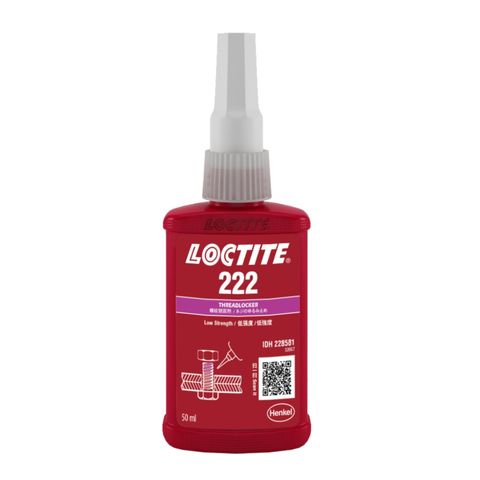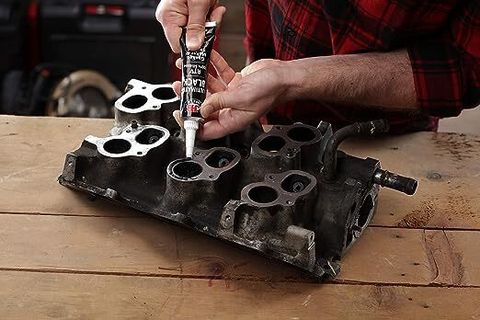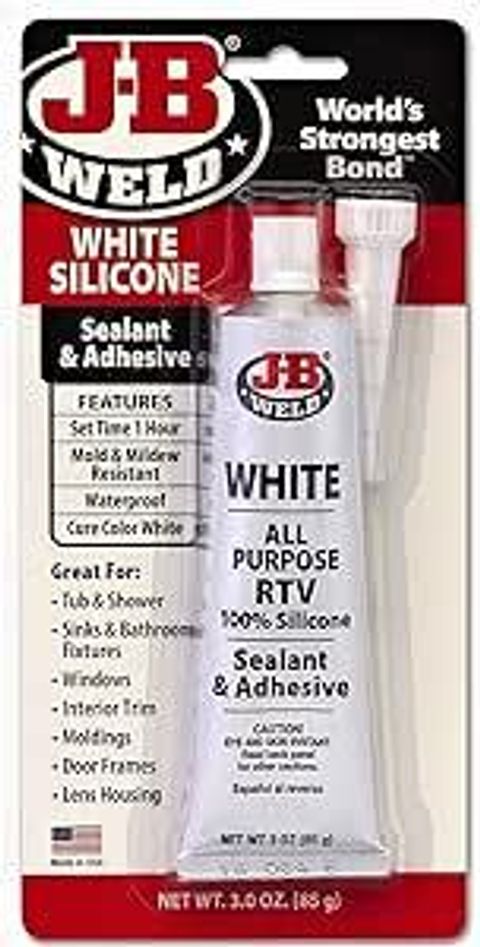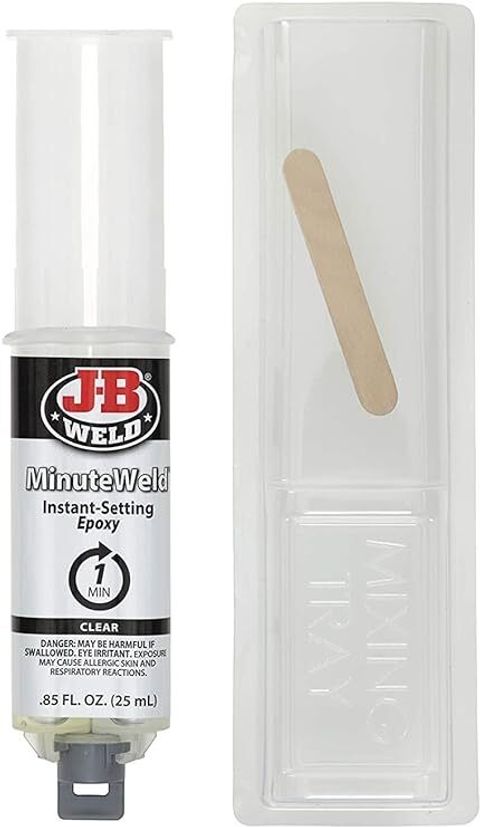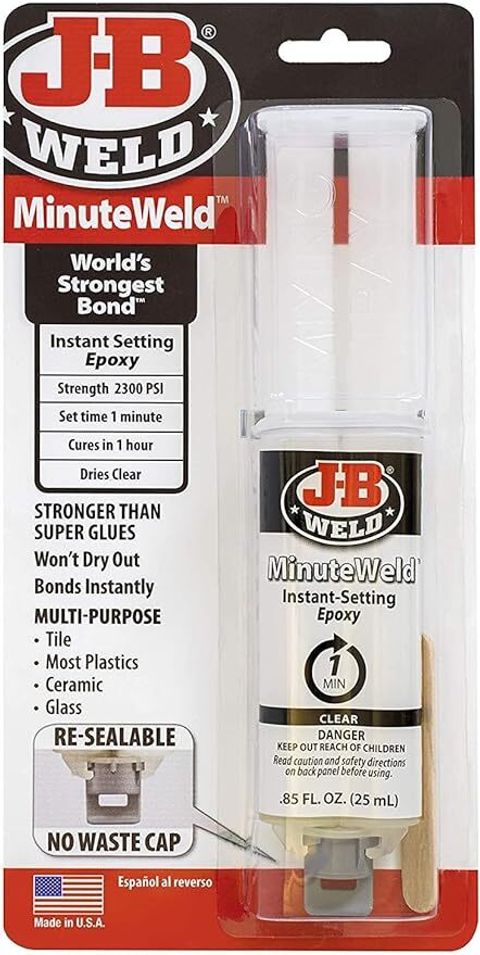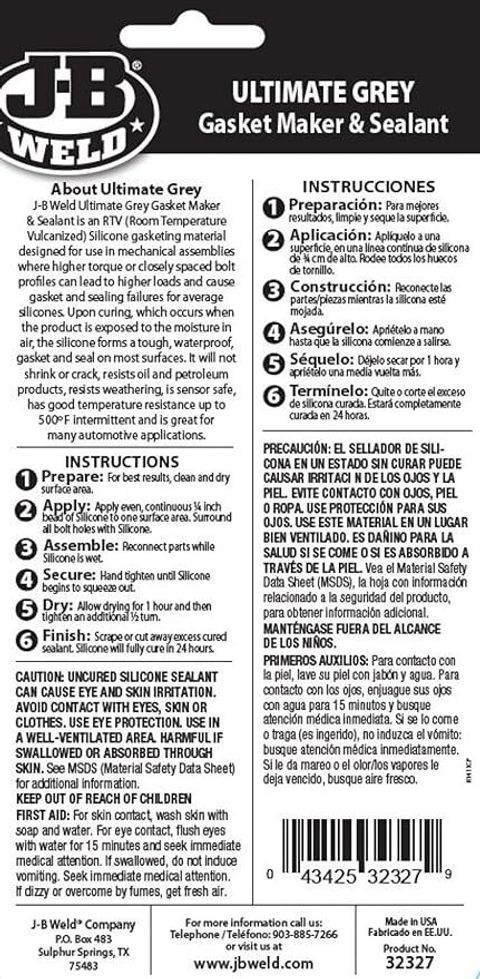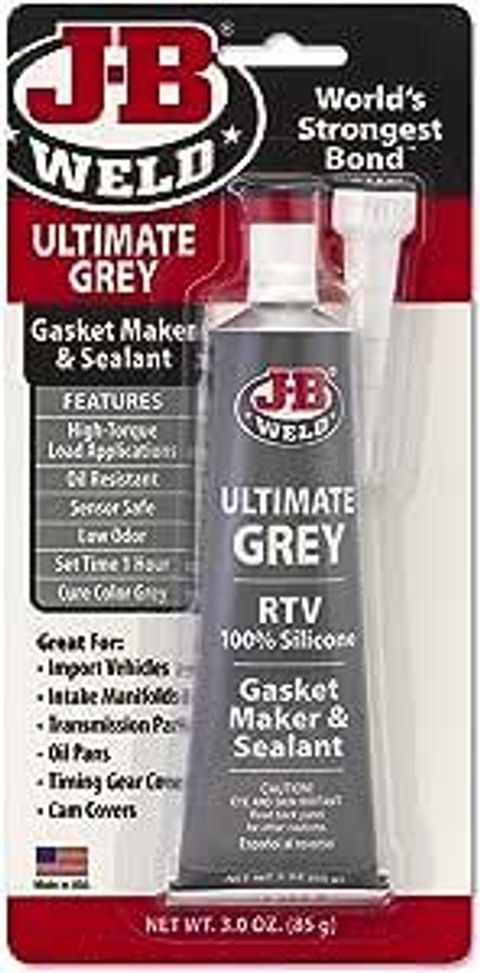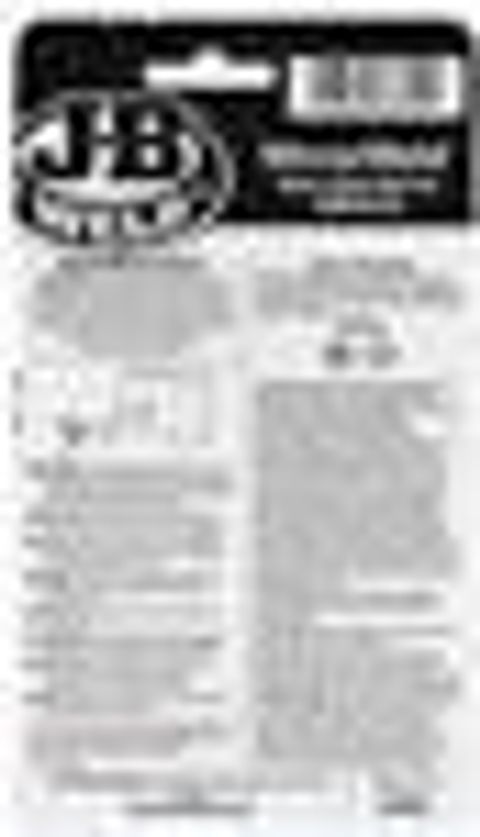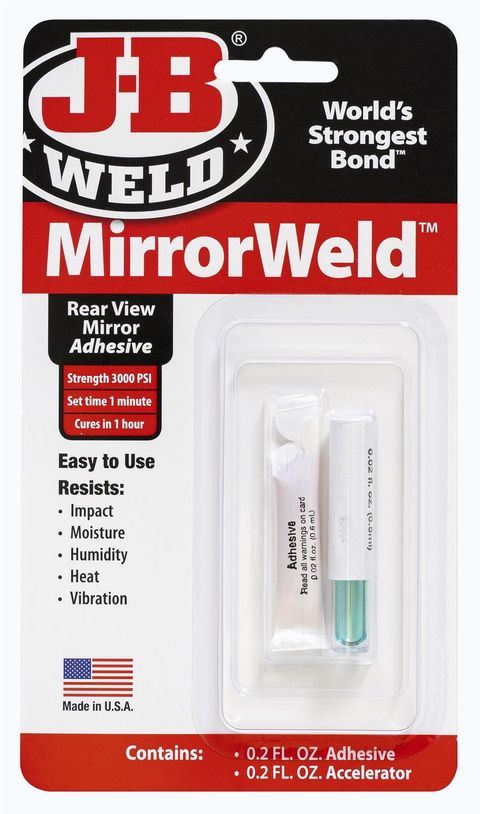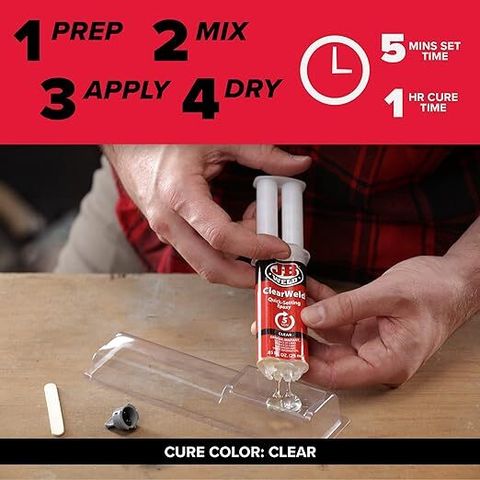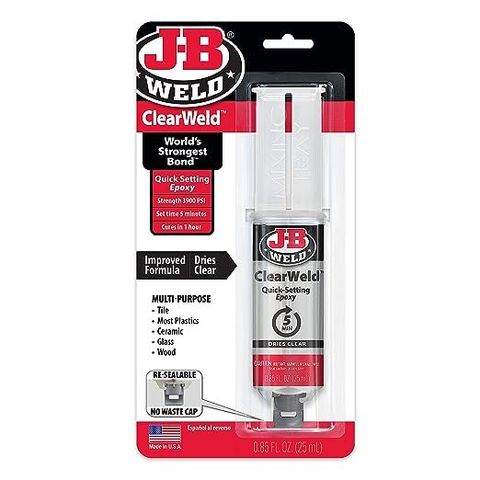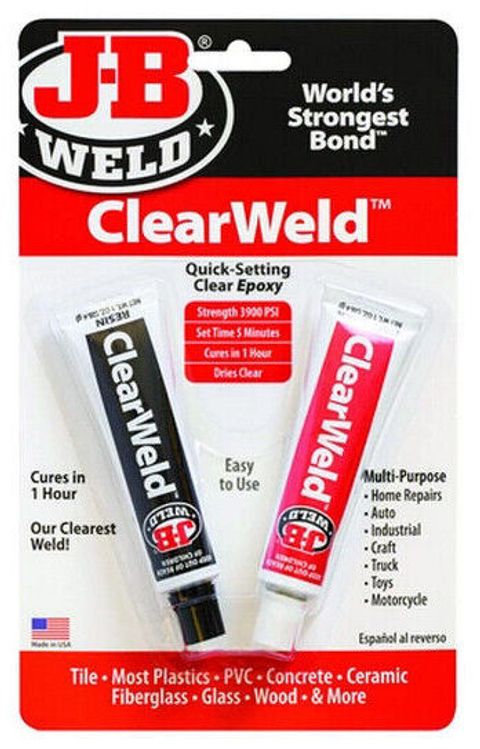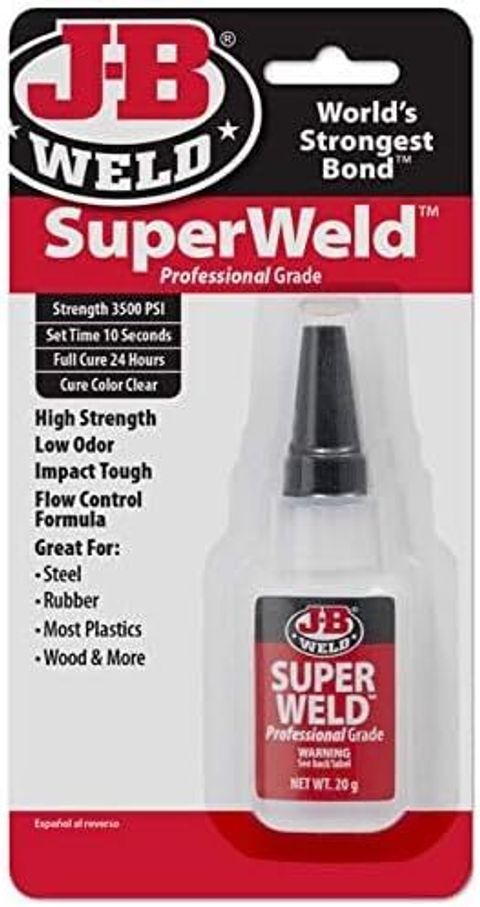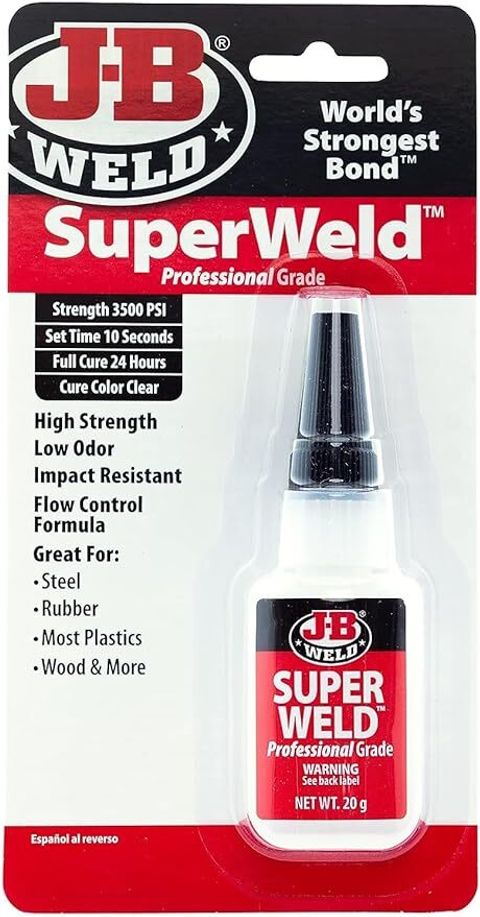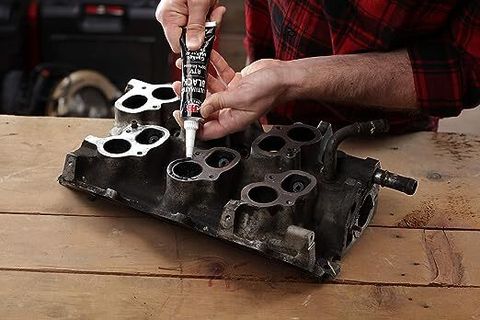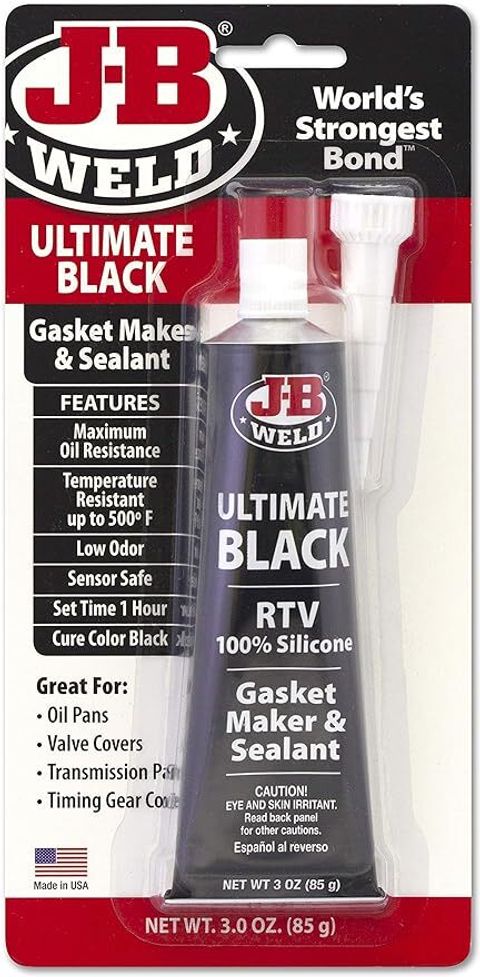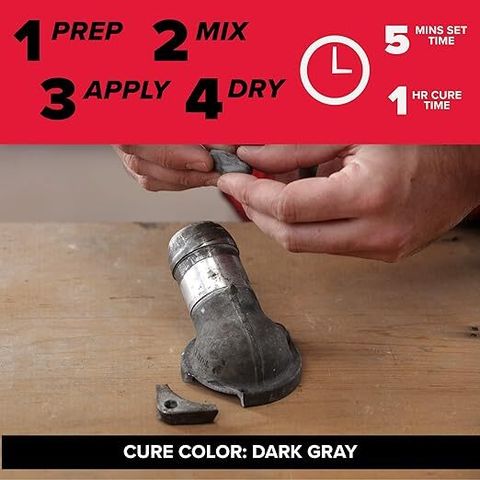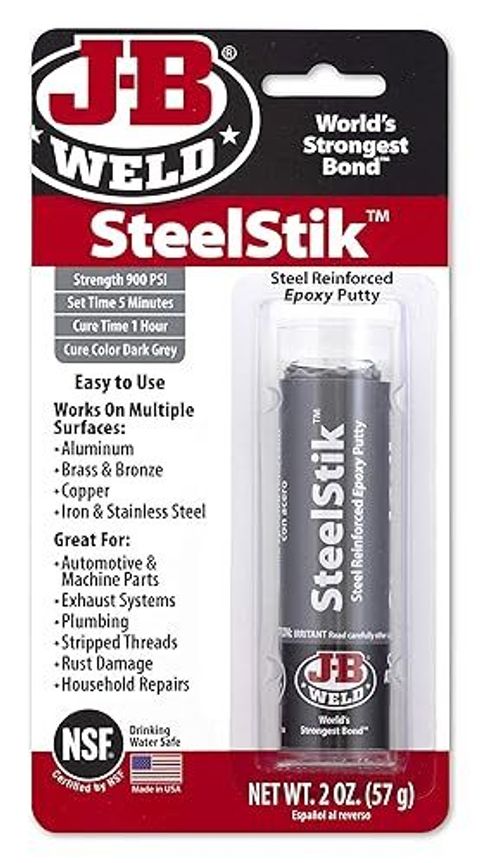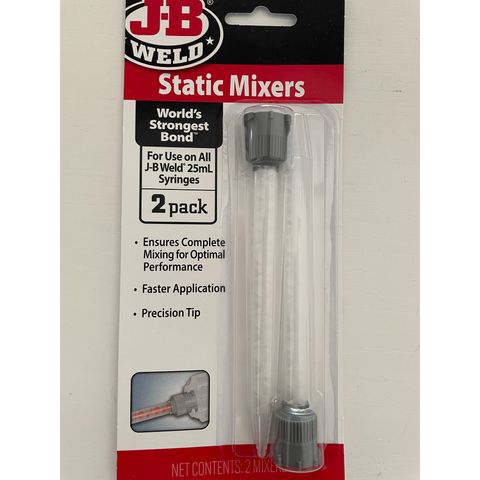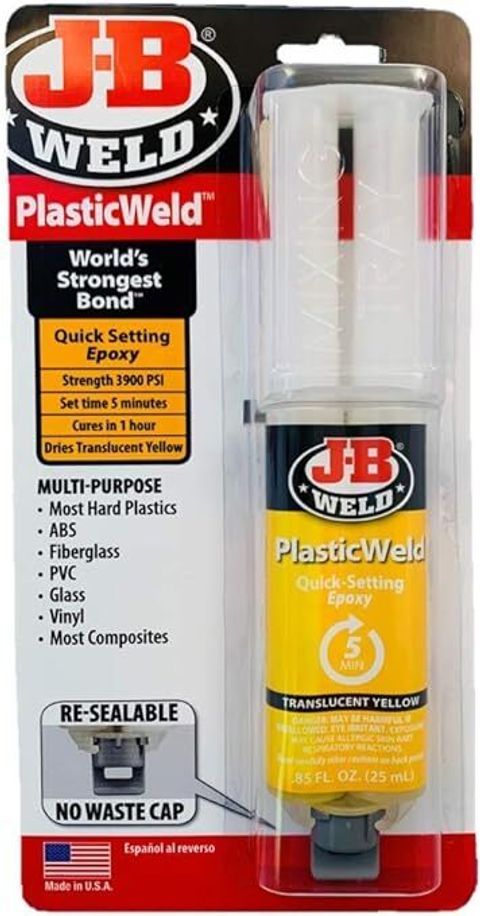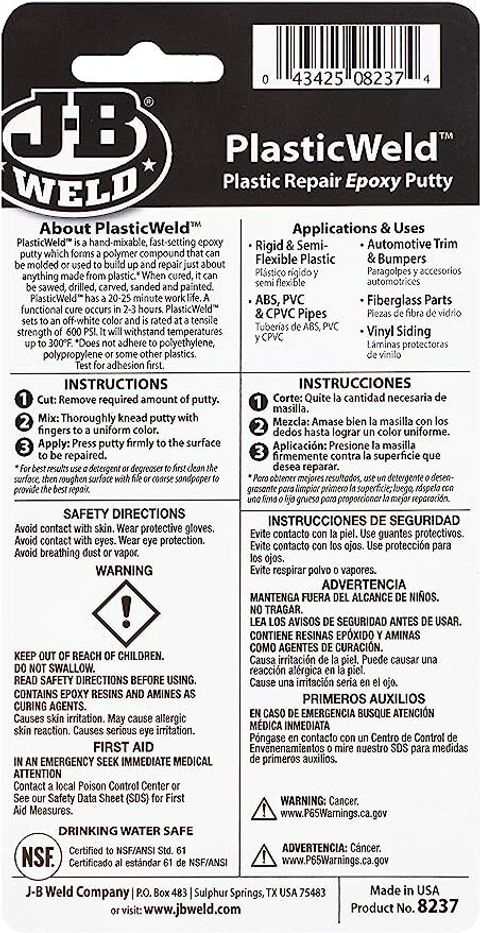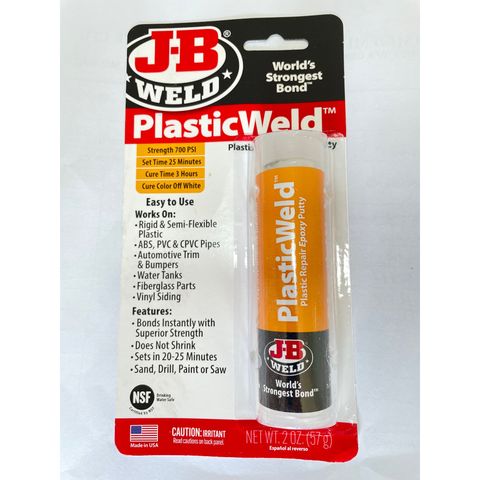The Ultimate Guide to Choosing the Right Adhesive for Your Projects
Choosing the right adhesive for your projects is crucial for ensuring a strong and durable bond. With a wide variety of adhesives available in the market, it can be overwhelming to make the right choice. Whether you are working on a DIY project at home or a professional project in your workshop, this ultimate guide will help simplify the process and enable you to select the perfect adhesive for your needs.
Understanding the different types of adhesives and their properties is the first step in making an informed decision. From multipurpose adhesives to specialized ones for various materials like wood, metal, or plastic, each adhesive has its own unique features that make it suitable for specific applications.
Not only will this guide explain the different types of adhesives, but it will also provide valuable insights into factors such as drying time, bond strength, and compatibility with different surfaces. By considering these factors, you can confidently choose an adhesive that meets your requirements and ensures a successful outcome for your projects.
Whether you are a seasoned DIYer or a professional craftsman, this ultimate guide is your go-to resource for selecting the right adhesive that will bond your materials flawlessly and stand the test of time.
Importance of choosing the right adhesive
Selecting the right adhesive for your projects is crucial for ensuring a strong, durable, and long-lasting bond. The choice of adhesive can make all the difference between a successful project and a disastrous one. The wrong adhesive can lead to a weak bond, premature failure, or even damage to the materials you're working with.
On the other hand, choosing the appropriate adhesive can simplify your project, save you time and money, and guarantee a professional-looking result. The right adhesive will create a secure connection between the materials, withstand the stresses and strains of everyday use, and maintain its integrity over time. Whether you're working on a DIY home improvement task, a woodworking project, or a delicate craft, selecting the correct adhesive is essential for achieving the best possible outcome.
Investing the time to understand the different types of adhesives and their properties will empower you to make an informed decision and ensure the success of your projects. This guide will delve into the various adhesive options available, the factors to consider when making your selection, and how to choose the perfect adhesive for a wide range of applications. By the end, you'll have the knowledge and confidence to select the right adhesive for your needs, every time.
Different types of adhesives
The world of adhesives is vast and diverse, with a wide range of options to choose from. Understanding the different types of adhesives and their unique properties is the first step in selecting the right one for your project.
One of the most common types of adhesives is the multipurpose or general-purpose adhesive. These versatile products are designed to work well with a variety of materials, including wood, paper, cardboard, and some plastics. They are often easy to apply, dry quickly, and provide a strong bond. Examples of multipurpose adhesives include white glue, cyanoacrylate (super glue), and contact cement.
For specialized applications, there are adhesives designed for specific materials or surfaces. Wood adhesives, such as polyurethane or epoxy, are formulated to create a durable bond between wood components, even in high-stress areas. Acrylic-based adhesives excel at bonding plastics, while silicone-based adhesives are ideal for glass, ceramic, and metal surfaces. Fabric and textile adhesives, on the other hand, are designed to provide a flexible and long-lasting bond for textiles, clothing, and upholstery.
In addition to these general categories, there are also adhesives that are tailored for specific tasks, such as weatherproofing, high-temperature resistance, or underwater applications. Understanding the unique properties and intended uses of each adhesive type will help you make the best choice for your project.
Factors to consider when choosing an adhesive
When selecting the right adhesive for your project, there are several key factors to consider to ensure a successful outcome. Carefully evaluating these factors will guide you towards the adhesive that best meets your needs.
One of the primary considerations is the type of materials you'll be bonding. Different adhesives are formulated to work with specific materials, such as wood, metal, plastic, or glass. Choosing an adhesive that is compatible with the surfaces you're working with is crucial for creating a strong and long-lasting bond.
Another important factor is the desired bond strength. Some projects require a robust, high-strength adhesive, while others may only need a moderate bond. Evaluating the expected stresses and strains the bond will face, as well as the overall durability requirements, will help you determine the appropriate level of bond strength.
The drying or curing time of the adhesive is also a crucial consideration. Depending on your project, you may need a fast-drying adhesive that allows for quick assembly, or a slower-curing option that provides more working time. Understanding the adhesive's drying and curing characteristics will ensure you can complete your project within the desired timeframe.
Additionally, factors such as the adhesive's resistance to environmental conditions, ease of application, and cleanup requirements should be taken into account. Considering these factors will help you select an adhesive that not only creates a strong bond but also aligns with the specific needs and constraints of your project.
Adhesive for woodworking projects
Woodworking projects require adhesives that can create a durable and long-lasting bond between various wood components. The choice of adhesive can make a significant difference in the overall strength, stability, and quality of the final product.
One of the most popular and versatile adhesives for woodworking is polyurethane-based glue. These adhesives are known for their exceptional strength, water resistance, and ability to fill gaps between wood surfaces. Polyurethane glues are often used in furniture making, cabinetry, and other applications where a robust bond is required. They offer a relatively long open time, allowing for adjustments during the assembly process, and they cure to a flexible yet sturdy finish. Buy Wood Glue/Adhesive
Another highly regarded adhesive for woodworking is epoxy. Epoxy adhesives are two-part systems that, when mixed, create a powerful and water-resistant bond. They are particularly well-suited for applications where high-stress loads are present, such as in boat building or outdoor furniture. Epoxy adhesives can also be used to fill gaps, level uneven surfaces, and provide a protective coating. However, they typically have a shorter working time compared to polyurethane glues, requiring careful planning and execution during the application process.
For smaller-scale woodworking projects or delicate work, white wood glue, also known as PVA (polyvinyl acetate) glue, is a popular choice. These adhesives are easy to use, dry quickly, and create a strong bond that is generally water-resistant. White wood glue is a versatile option for projects like picture frames, boxes, and other lightweight wooden structures. It is important to note that while PVA glues are suitable for indoor use, they may not be as durable in outdoor environments or high-moisture conditions.
Adhesive for paper and crafts
When working on paper and craft projects, the choice of adhesive is crucial for ensuring a secure and long-lasting bond. The delicate nature of paper and the diverse range of materials often used in crafting require adhesives that are specifically designed for these applications.
One of the most common adhesives for paper and crafts is white glue, also known as PVA (polyvinyl acetate) glue. These adhesives are water-based, providing a clear and flexible bond that dries quickly and is relatively easy to use. White glue is an excellent choice for a wide variety of paper-based projects, such as scrapbooking, card making, and collage work. It is also suitable for bonding lightweight materials like fabric, foam, and tissue paper.
For more specialized paper and craft applications, acid-free and archival-safe adhesives are recommended. These adhesives are formulated to be pH-neutral, ensuring they do not damage or discolor delicate paper or photographs over time. Examples of archival-safe adhesives include glue sticks, liquid glue, and double-sided tape. These products are often used in album-making, photo preservation, and other projects where long-term preservation is a priority.
Another category of adhesives well-suited for paper and crafts is repositionable or removable adhesives. These adhesives, such as spray adhesives or repositionable glue sticks, allow for temporary bonding that can be easily adjusted or removed without damaging the underlying surfaces. This makes them ideal for applications where flexibility and the ability to reposition elements are essential, such as in scrapbooking, collage, or paper decorations.
Adhesive for plastic and rubber
When working with plastic and rubber materials, it is essential to choose an adhesive that can create a strong and durable bond while also being compatible with the specific properties of these materials.
One of the most versatile adhesives for plastic and rubber is cyanoacrylate, commonly known as super glue. These fast-drying adhesives can form a remarkably strong bond with a wide range of plastic and rubber surfaces, including PVC, ABS, polycarbonate, and silicone. Cyanoacrylate adhesives are particularly well-suited for small, intricate repairs or for bonding dissimilar materials, such as plastic and metal. Their quick-setting nature makes them a popular choice for DIY and hobbyist projects involving plastics and rubbers.
For larger or more structural plastic and rubber applications, epoxy-based adhesives are a reliable choice. Epoxy adhesives are two-part systems that, when mixed, create a robust and durable bond. They are resistant to moisture, chemicals, and temperature extremes, making them ideal for outdoor or high-stress applications involving plastics and rubbers. Epoxy adhesives are commonly used in boat repair, automotive restoration, and the fabrication of plastic and rubber components.
Another category of adhesives well-suited for plastics and rubbers are acrylic-based adhesives. These adhesives are known for their excellent flexibility, impact resistance, and ability to bond a wide variety of plastic types, including polypropylene and polyethylene. Acrylic adhesives are often used in the manufacturing of plastic products, as well as in the repair and assembly of rubber and plastic components.
Adhesive for metal and glass
When working with metal and glass, it is essential to choose an adhesive that can create a strong and durable bond while also being compatible with the unique properties of these materials.
For metal-to-metal bonding epoxy-based adhesives are a popular choice. Epoxy adhesives are two-part systems that, when mixed, create a robust and long-lasting bond. They are known for their excellent resistance to chemicals, moisture, and high temperatures, making them ideal for applications where the bond will be subjected to harsh environmental conditions. Epoxy adhesives are commonly used in the fabrication and repair of metal components, such as in the automotive and aerospace industries.
Another versatile option for metal bonding is cyanoacrylate, or super glue. These fast-drying adhesives can form a remarkably strong bond with a wide range of metal surfaces, including aluminum, steel, and brass. Cyanoacrylate adhesives are particularly well-suited for small, intricate repairs or for bonding dissimilar materials, such as metal and plastic. Their quick-setting nature makes them a popular choice for DIY and hobbyist projects involving metal.
For glass-to-glass or glass-to-metal bonding, silicone-based adhesives are a reliable choice. Silicone adhesives are known for their flexibility, weatherproofing properties, and ability to create a strong, transparent bond. They are commonly used in the construction and repair of glass windows, mirrors, and other glass fixtures. Silicone adhesives are also suitable for bonding glass to metal surfaces, such as in the assembly of shower enclosures or the attachment of metal hardware to glass tabletops.
Adhesive for fabric and textiles
When working with fabric and textiles, the choice of adhesive is crucial for ensuring a secure and long-lasting bond that can withstand the unique stresses and strains associated with these materials.
One of the most versatile adhesives for fabric and textiles is heat-activated fusible web or interfacing. These adhesives, which come in the form of thin, web-like sheets, are designed to be ironed onto the back of fabric, creating a permanent bond. Fusible web is commonly used in sewing and quilting projects, where it is used to attach appliques, patches, or other decorative elements to the fabric. It is also useful for stabilizing and reinforcing fabric, particularly for delicate or stretchy materials.
For more temporary or repositionable fabric bonding, spray adhesives are a popular choice. These adhesives are applied in a fine mist, allowing for a quick and even coverage on the fabric surface. Spray adhesives are particularly useful for projects that require the ability to reposition or adjust the placement of fabric elements, such as in scrapbooking, collage, or the creation of fabric-based decorations. They are also suitable for adhering fabric to various surfaces, such as paper or wood.
In addition to these options, there are also specialized fabric glues and cements that are designed to create a flexible, durable bond between fabric and other materials. These adhesives are often used in garment construction, upholstery, and the repair of fabric-based items. They are formulated to be resistant to washing, dry cleaning, and other stresses that fabric may encounter during use.
Adhesive for DIY and home improvement projects
When it comes to DIY and home improvement projects, the choice of adhesive can make all the difference in the success and longevity of your work. From quick fixes to more complex renovations, having the right adhesive on hand can simplify the process and ensure a professional-looking result.
For general-purpose DIY and home improvement tasks, multipurpose adhesives are a reliable choice. These adhesives, such as white glue, cyanoacrylate (super glue), and contact cement, are designed to work well with a variety of materials, including wood, plastic, and some metals. They are easy to apply, dry quickly, and provide a strong bond that can withstand everyday use. Multipurpose adhesives are particularly useful for projects like hanging shelves, assembling furniture, or repairing household items.
For more specialized home improvement projects, there are adhesives tailored for specific materials and applications. For instance, when working with wood, a polyurethane-based or epoxy adhesive would be the ideal choice, as they can create a durable and long-lasting bond. When bonding tiles, a tile adhesive or epoxy grout would be the most appropriate option. And for projects involving plastics or rubber, a cyanoacrylate or acrylic-based adhesive would be the best fit.
In addition to material-specific adhesives, there are also adhesives designed to provide additional functionality, such as weatherproofing or high-temperature resistance. These specialized adhesives can be invaluable for outdoor home improvement projects, such as sealing windows and doors, or for applications that require resistance to extreme conditions, like oven repairs.
Conclusion and final tips for choosing the right adhesive
In conclusion, selecting the right adhesive for your projects is a crucial step in ensuring a successful and long-lasting outcome. By understanding the different types of adhesives and their unique properties, you can confidently choose the adhesive that best meets the specific requirements of your project.
When making your decision, consider factors such as the materials you'll be bonding, the desired bond strength, the drying or curing time, and any environmental conditions the adhesive will need to withstand. Carefully evaluating these factors will guide you towards the adhesive that is the best fit for your needs.
Remember, there is no one-size-fits-all adhesive solution. Different projects may require different types of adhesives, so it's essential to have a good understanding of the various options available. Don't be afraid to experiment with different adhesives or to consult with experts if you're unsure about the best choice for your project.
By following the guidance provided in this ultimate guide, you'll be well on your way to selecting the perfect adhesive for your projects, whether you're a seasoned DIYer or a professional craftsman. With the right adhesive, you can create strong, durable, and visually appealing results that will stand the test of time.
Related products
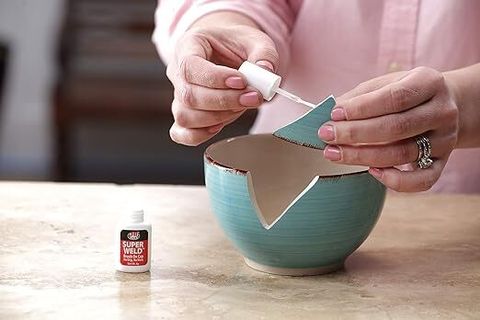

JB 33102 Super Weld 2 Pack Super Glue 2 x 2 g Metal Adhesive MINIMUM 3 UNITS
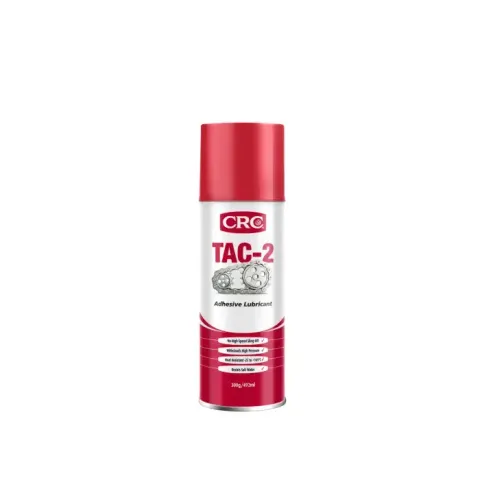
CRC 5035 - TAC2 Adhesive Chain Lubricant 300

